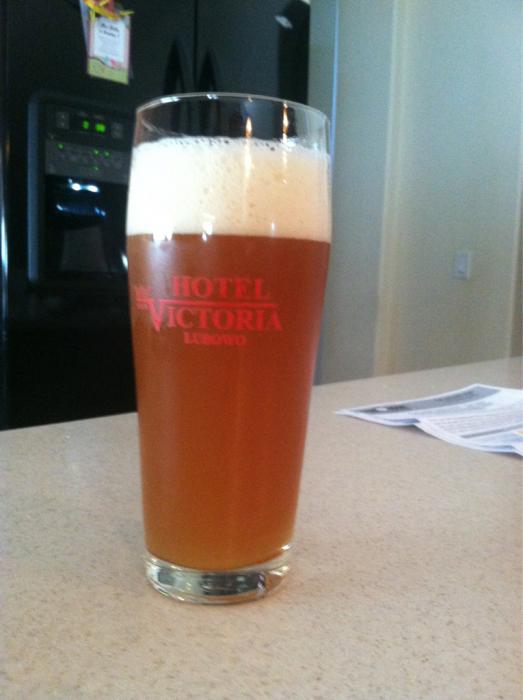Has anyone ever done a rye beer with BIAB? I did one and have had it in the keg on gas for a little over a month now and it is still cloudy as hell. Not only is this my first rye beer, this is the first beer I kegged. I have never had a beer this cloudy in a bottle before, and I highly doubt it has anything to do with being kegged, so I am going with it being from the rye. It has deffiently cleared a bit over the last couple weeks, but I wouldn't say it is a clear beer. What do you guys think? Rye making it overly cloudy?
It is EdWort's recipe if it matters.
It is EdWort's recipe if it matters.




